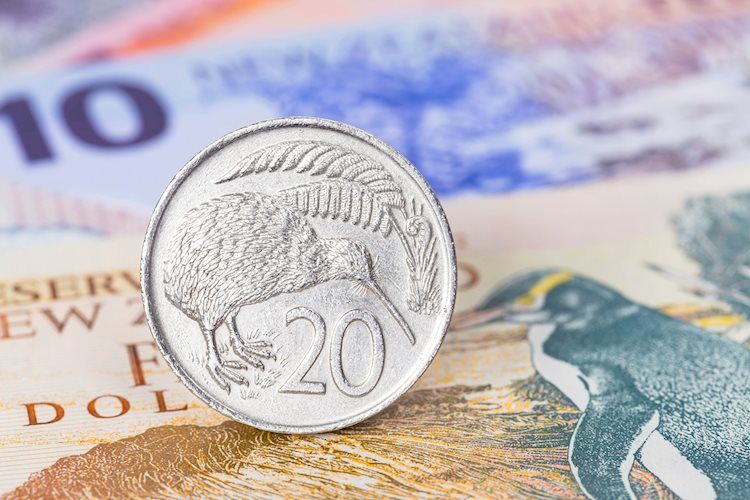The NZD/USD pair faced a sharp decline as the Reserve Bank of New Zealand (RBNZ) announced a 50 basis point cut in the Official Cash Rate (OCR) to 4.75%. This move was in line with expectations, as weak growth prospects and softening labor market conditions prompted the central bank to take action. Market participants are anticipating further rate cuts from the RBNZ in November, given the ongoing economic challenges in New Zealand.
In addition to the RBNZ’s decision, market sentiment has also been weighed down by risks in the Middle East, causing investors to seek safe-haven assets such as the US Dollar. The US Dollar Index (DXY) rose to near 102.70 in response to these developments, further pressuring the NZD/USD pair lower. Furthermore, the prospect of additional interest rate cuts from the Federal Reserve in November has bolstered the Greenback’s strength in the market.
Technical analysis of the NZD/USD pair indicates a bearish trend, with the asset trading below the 50-day Exponential Moving Average (EMA) and forming lower swing lows. The Relative Strength Index (RSI) also suggests a bearish momentum, pointing towards further downside potential for the pair. Key support levels to watch for include 0.6000 and 0.5974, with resistance levels at 0.6173 and 0.6220.
Looking ahead, investors are eagerly awaiting the release of the Federal Open Market Committee (FOMC) Minutes from the September meeting, scheduled for 18:00 GMT. These minutes could provide fresh insights into the Fed’s interest rate outlook and potentially influence market sentiment further. As geopolitical risks and economic uncertainties continue to impact global markets, traders will closely monitor any developments that could affect the NZD/USD pair in the near term.
Overall, the NZD/USD pair has faced significant downward pressure following the RBNZ’s rate cut and prevailing market conditions. With the US Dollar strengthening and the prospect of further rate cuts from central banks looming, the Kiwi pair is likely to face further challenges in the coming sessions. Traders should keep a close eye on key technical levels and upcoming economic indicators for potential opportunities and risks in the NZD/USD pair.
















